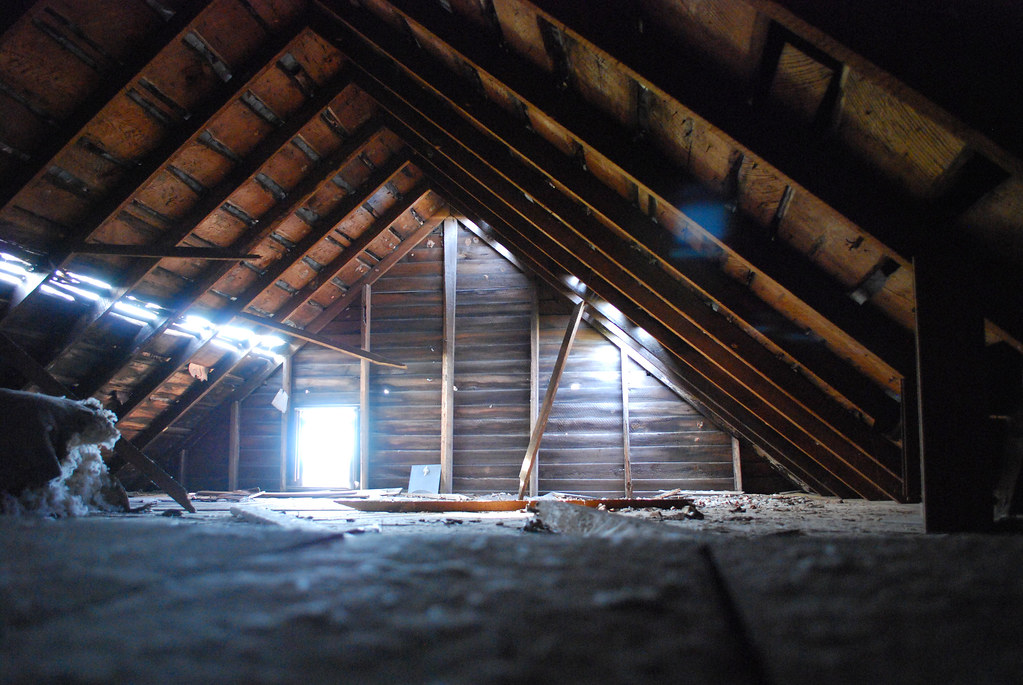The attic is the space between your roof and the rooms of your home. It houses the trusses, sheathing, and other structural components supporting your asphalt shingles or metal roof. That said, it needs proper ventilation to ensure the materials don't expand and deform. Good ventilation prevents mold growth that eats away at the wood materials. Learn more about attic ventilation in this post.
Attic ventilation is typically a part of your roof system's design. Vents are positioned below the fascia and eaves to let fresh air enter. Then, builders can include a ridge vent to decrease humidity by allowing its escape. Continuous fresh air intake and hot air expulsion create stable temperatures, reduce energy consumption, and decrease the risk of mold growth.
Structural misalignment often happens because the sheathing and rafters expand and contract due to extreme heat or cold. By letting trapped air escape, you won't have any risk of structural misalignment. Furthermore, your asphalt shingles won't expand and split because the attic has stable temperatures.
Mold colonies grow in dark and damp environments. Heat trapped in the attic will cause mold growth as moisture descends on the entire system. With excellent ventilation, the attic would not have mold growth because it is dry and has fresh air that decreases humidity.
Good window insulation and ventilation reduce your energy bills. Your rooms will have stable temperatures at nominal HVAC settings. Make sure to have roofers check your insulation and upgrade your insulation and ventilation where necessary.

Attic ventilation must be compatible with the roof's shape and introduce enough fresh air to maintain comfortable interior temperatures. Here are several ways to design an effective attic vent system.
Determine the heat level of your home. You can have a roofer inspect and measure the temperature in the attic. Alternatively, you can touch your ceiling – if it feels extremely hot, your attic ventilation needs improvements.
The formation of ice dams occurs due to imbalances in your attic's temperature. Good air ventilation keeps your attic temperatures consistent, letting melted water flow freely to your gutters without forming ice dams.
Ridge or peak vents let hot air rise and escape from your attic. While typical vents can let air escape from two soffit vents, a ridge peak vent uses hot air's natural movement for efficient heat dissipation. Furthermore, they improve soffit vent performance by pulling in more fresh air as hot air rises.
These standard vents let outside air enter the attic and are its main source of ventilation. You can use a rectangular soffit vent with wood beam openings or a continuous vent from the soffit to your attic area.
Gable vents have controllable openings to let hot air escape. They're optional vents for most roofs, but homes with poor intake can add gale vents for improved performance.
Fans help improve attic air circulation. They can have temperature sensors for automated functionality, but switch-operated motorized fans are practical and reliable if you don't have the budget.
SJ Winn Construction is a renowned roofer in your local area with decades of experience and knowledge of roof installations, replacements, and installations. Your neighborhood trusts our quality of work and approachable team to help with their roofing needs. Call us today to learn more.
156 Torrington Rd., Winsted,
Connecticut 06098
Phone: 860-379-8863
Email: sjwinnconstruction@gmail.com